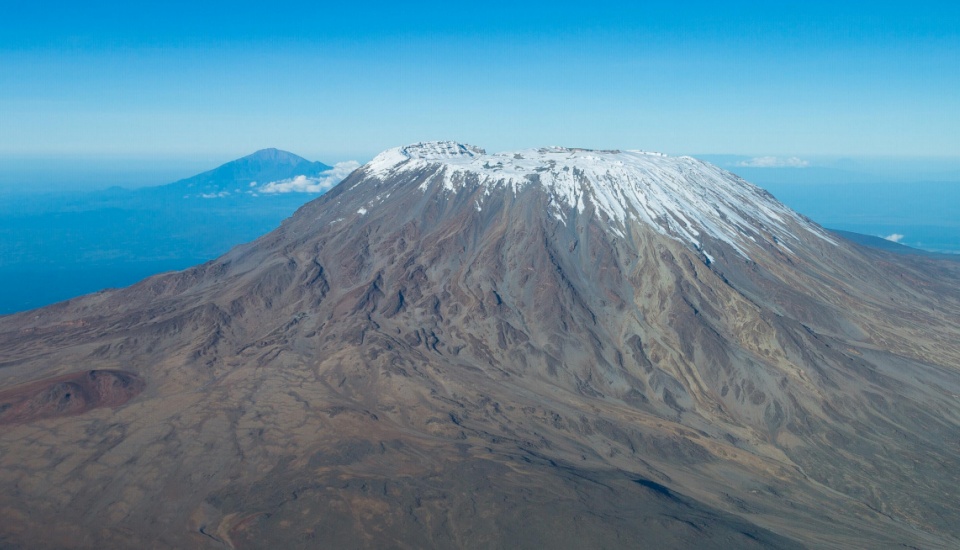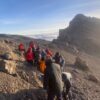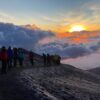Navigating the Ascents of Kilimanjaro: A Guide to the Ideal Seasons
Mount Kilimanjaro, Africa’s crown jewel, beckons adventurers from around the globe to conquer its majestic peaks. While the allure of summiting the continent’s highest mountain is undeniable, timing your ascent is crucial for an unforgettable experience. Here’s a comprehensive guide to the best seasons for scaling Kilimanjaro’s slopes..
“Mount Kilimanjaro is not measured in altitude, but in the stories it inspires us to tell when we descend.”
SQL

Dry Seasons: A Peak Time for Conquering Kilimanjaro
The dry seasons, spanning from early December to late March and late June to October, offer the most favorable conditions for climbing Kilimanjaro. These periods are characterized by minimal rainfall, clear skies, and pleasant temperatures, making for a more comfortable and enjoyable trek.
January to March: Warmest and Driest
The first quarter of the year, encompassing January, February, and the first half of March, stands out as the warmest and driest period on Kilimanjaro. Clear skies dominate the mornings and evenings, while the days are pleasantly warm, creating an ideal environment for climbing.
April to Mid-June: Showers and Cloud Bands
April to mid-June brings a slight shift in weather patterns. While the temperatures remain warm, occasional rainfall can be expected on the lower slopes and cloud bands may reduce visibility around the forest zone. However, these conditions don’t dampen the spirit of adventure, as they offer a unique and less crowded experience.
Late June to August: Cold Nights and Clear Skies
The months of June, July, and August mark the transition into the cooler season on Kilimanjaro. While the daytime temperatures remain comfortable, nights can get significantly colder. However, this period offers stunningly clear skies above 3,000 meters, providing breathtaking views of the surrounding landscapes and the starlit sky.
September to October: Increasing Temperatures and Low Rainfall
September and October are often considered the prime months for climbing Kilimanjaro. The temperatures gradually increase, while rainfall remains minimal, creating a balance between pleasant weather and manageable trail conditions.
November to December: Short Rains and Refreshing Showers
A brief rainy season sweeps across Kilimanjaro from November to December. While afternoon showers are likely, they are typically short-lived and quite refreshing. The summit area may experience heavy snow showers, but the nights and early mornings bring excellent visibility, making it a rewarding time to climb.
Embrace the Challenge, Regardless of the Season
While the dry seasons offer the most predictable and comfortable conditions, Kilimanjaro can be conquered throughout the year. Each season presents its unique challenges and rewards, catering to the preferences and adventurous spirits of climbers.




